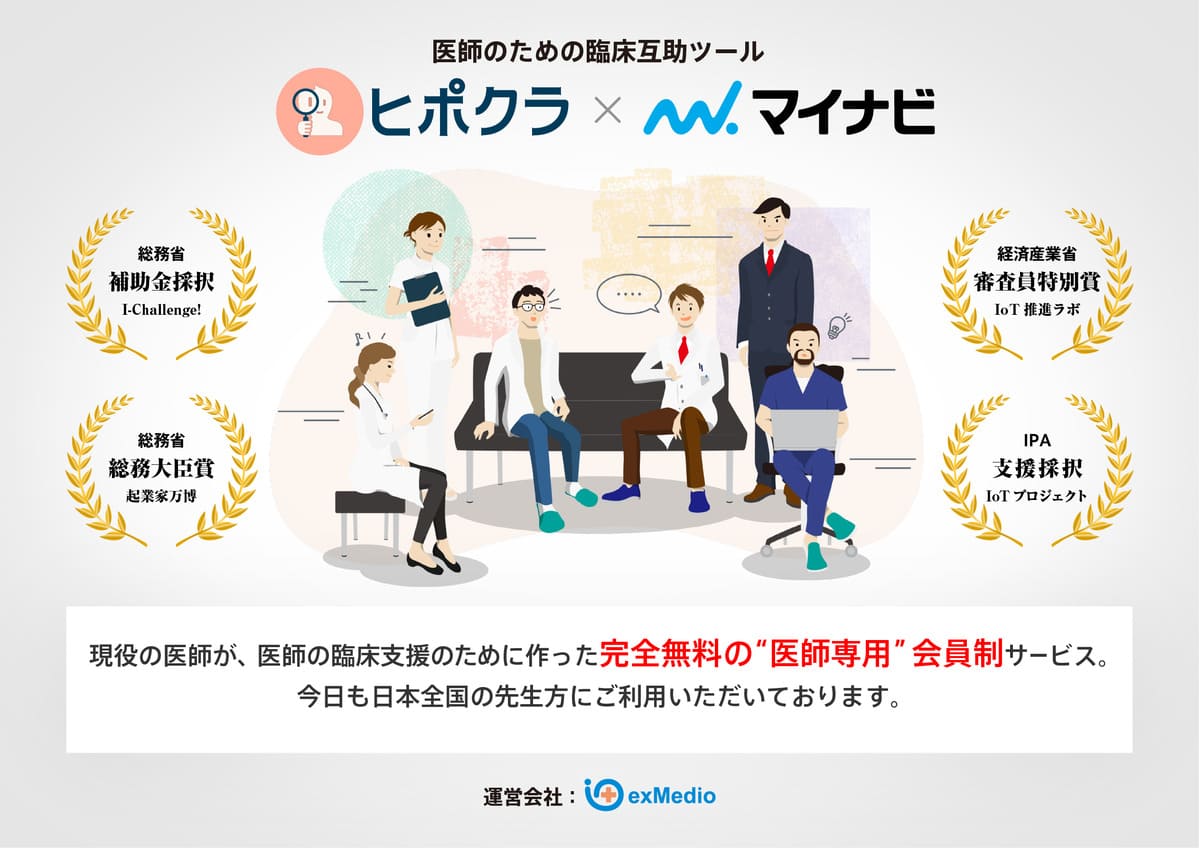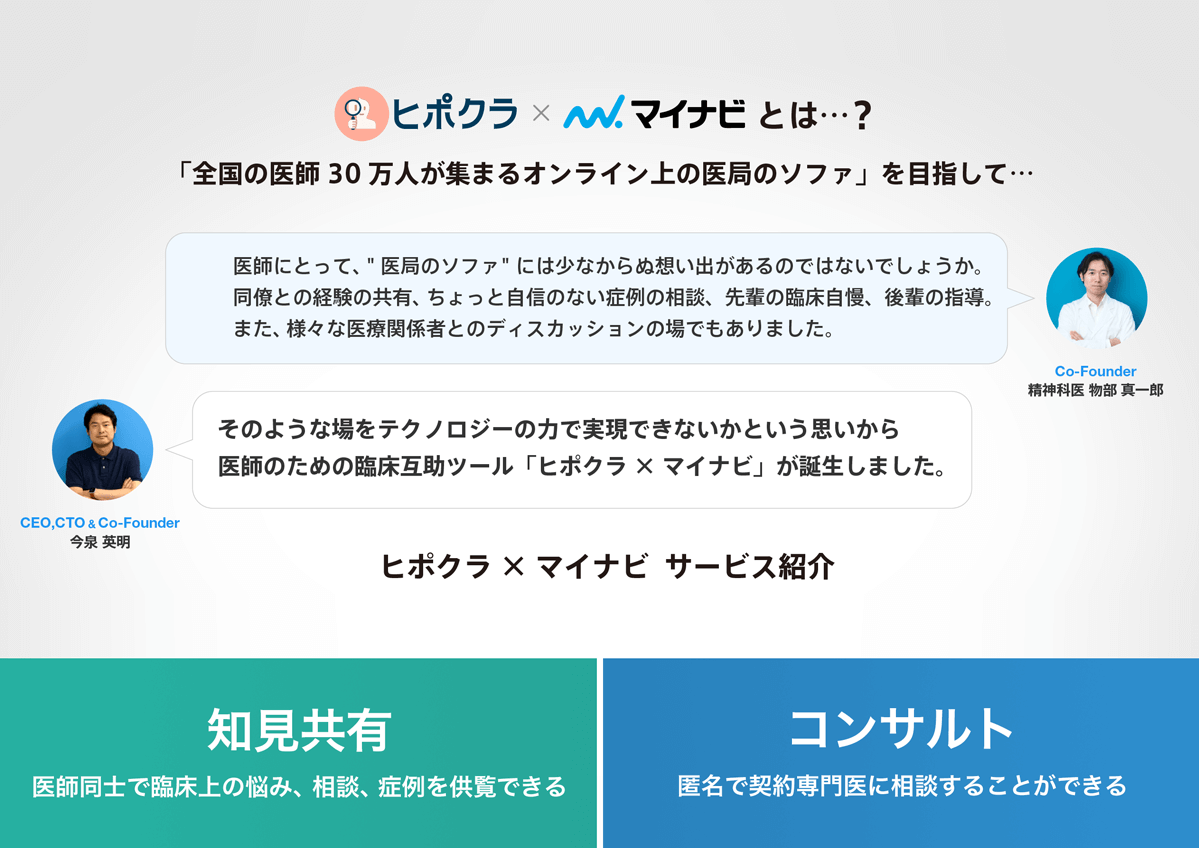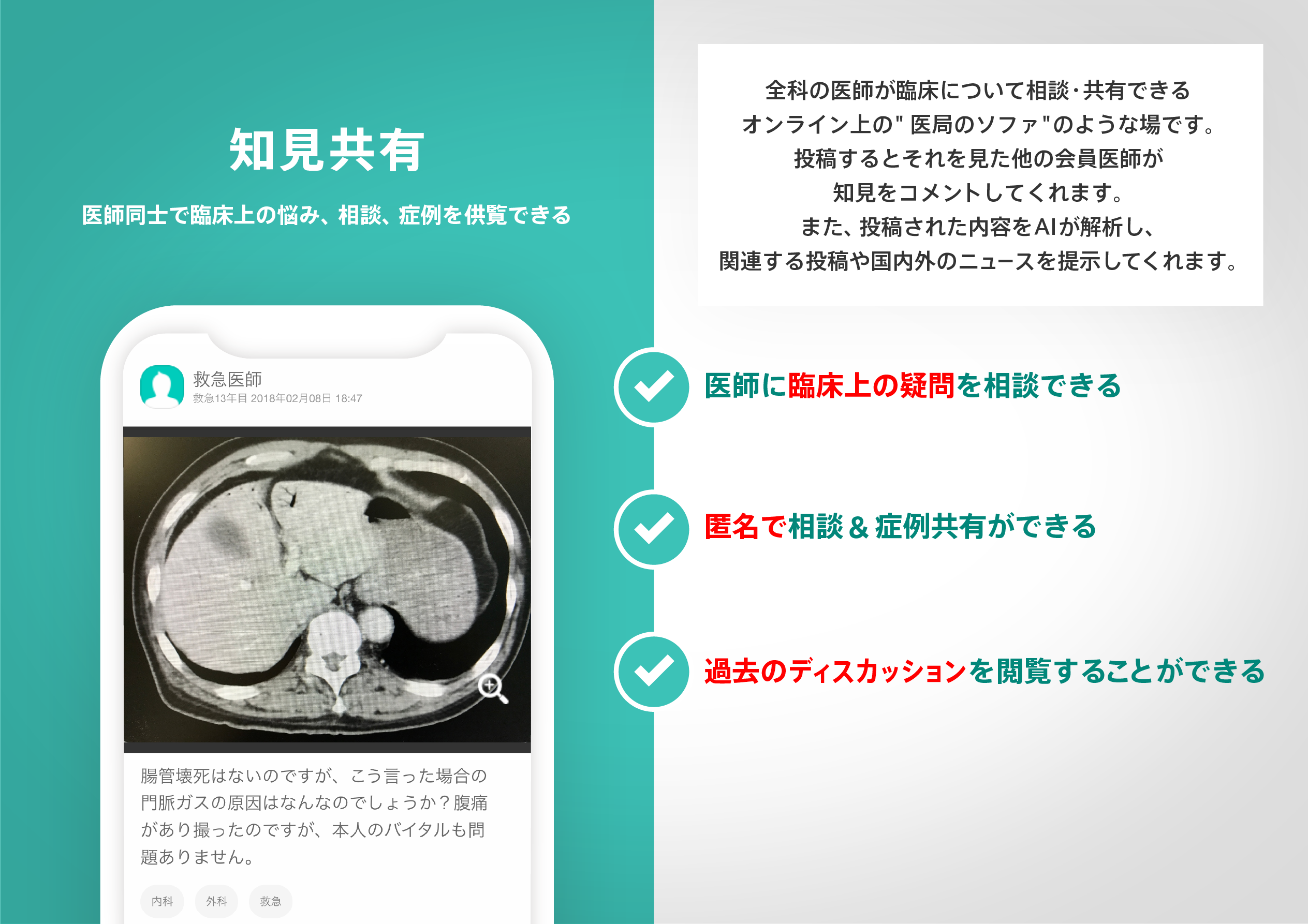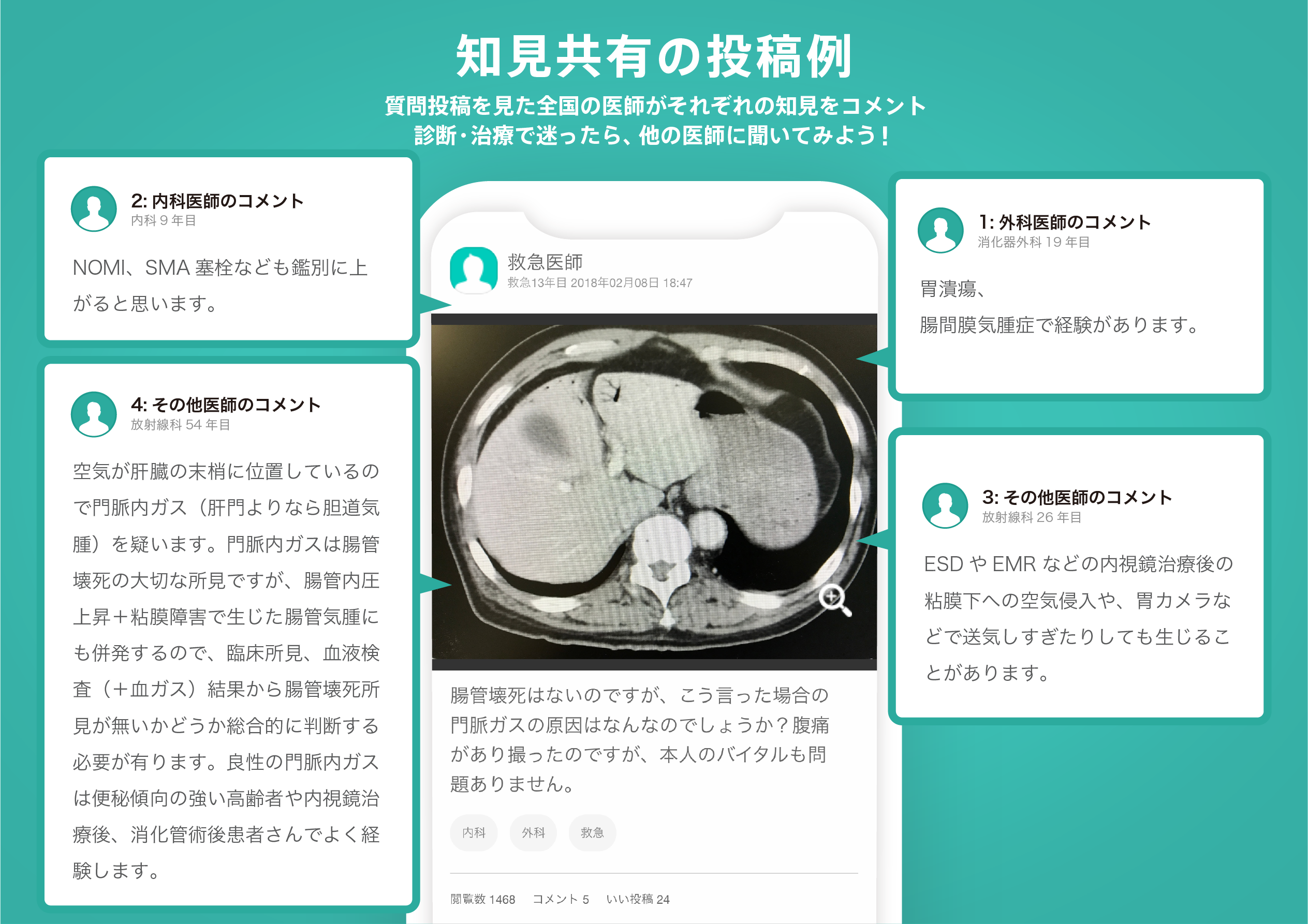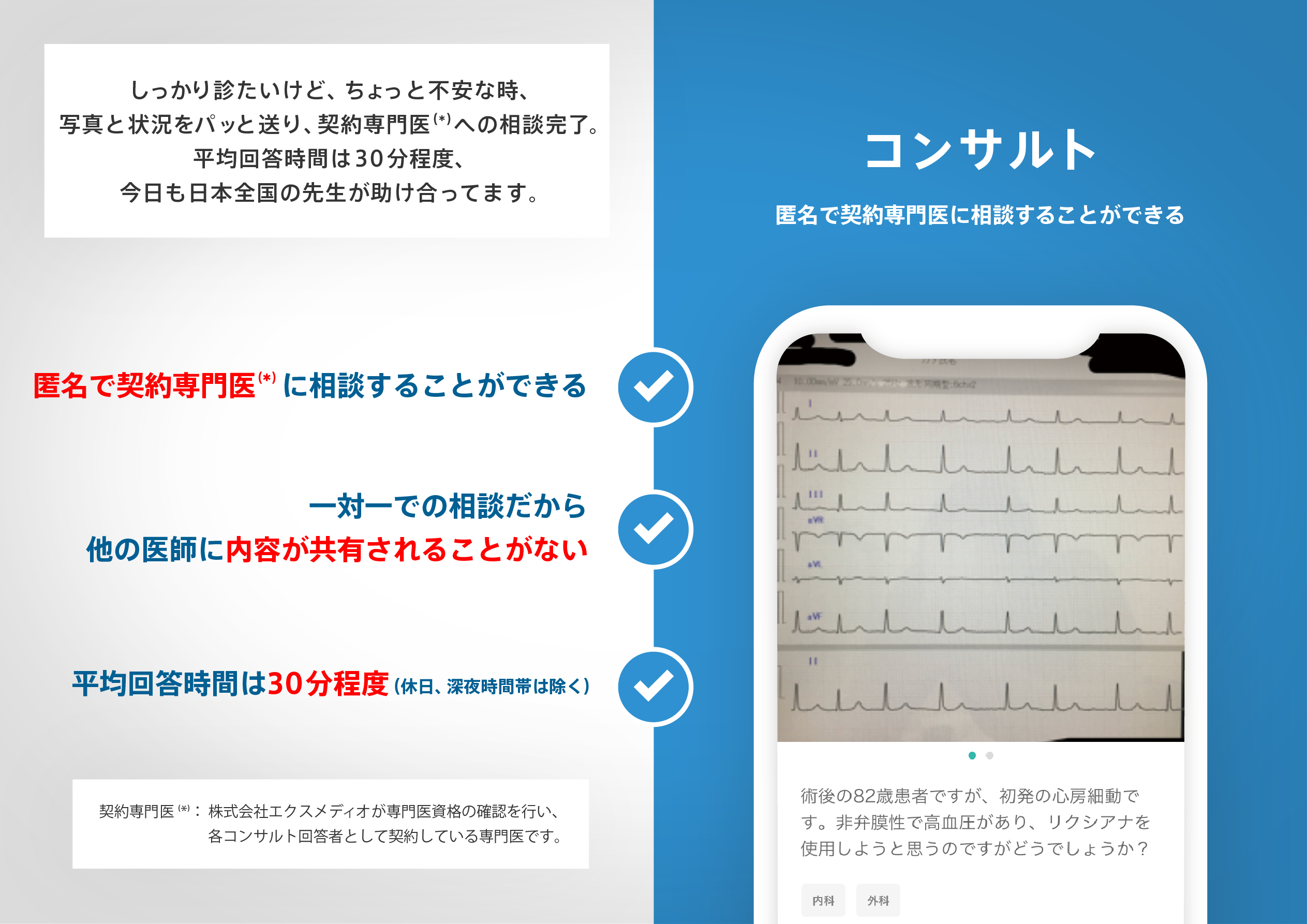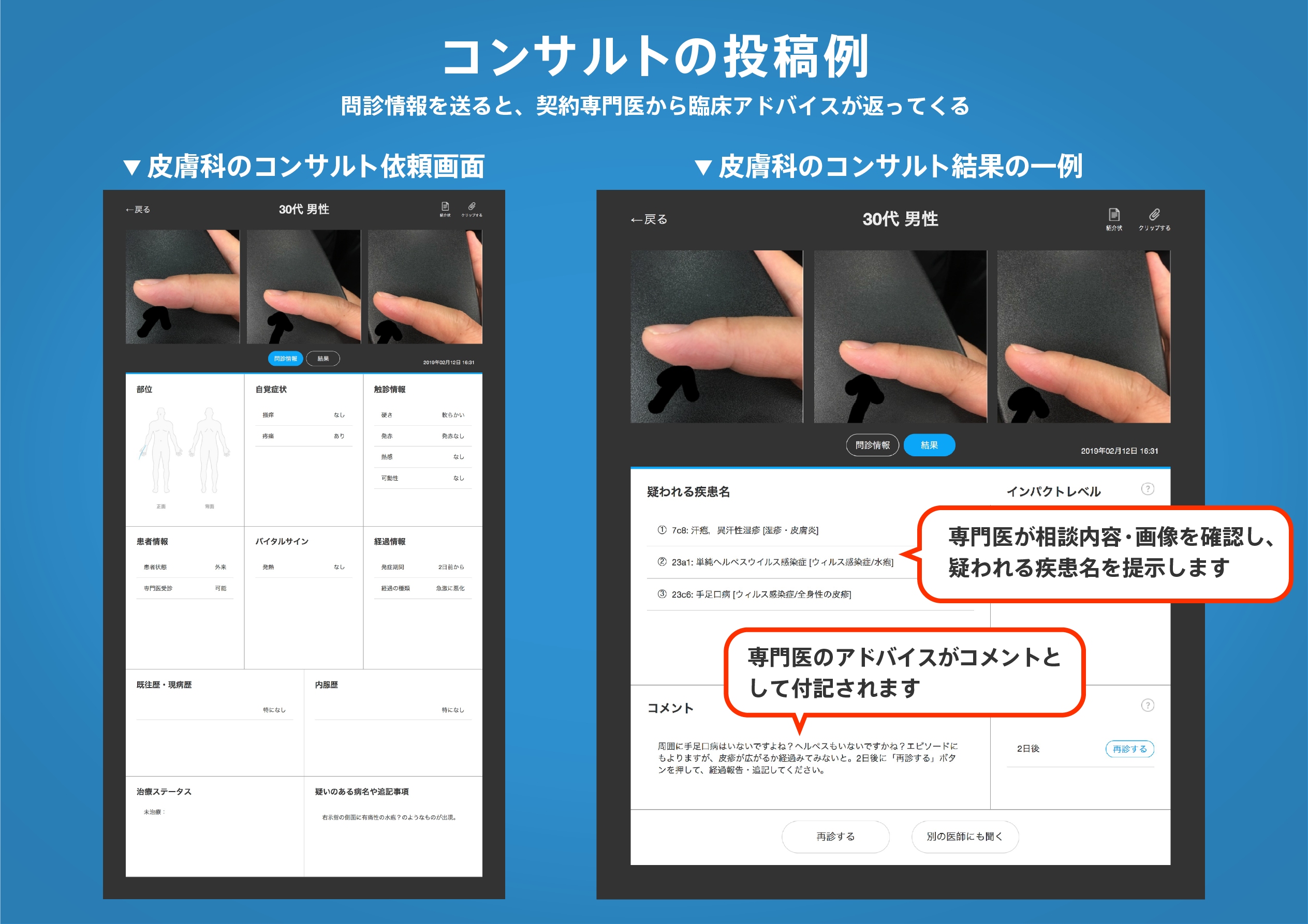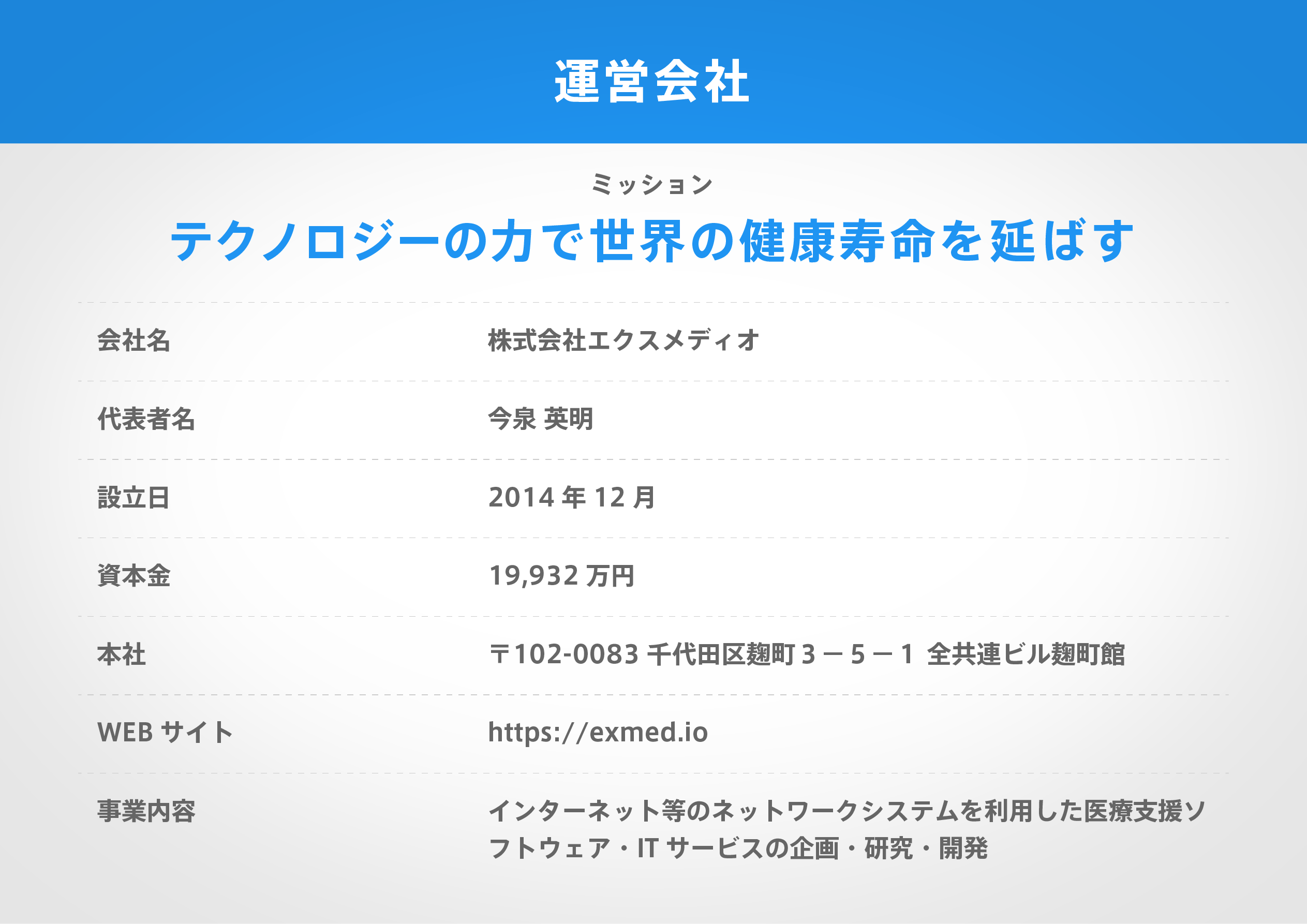著名医師による解説が無料で読めます
すると翻訳の精度が向上します
背景:自然なオリフィス標本抽出(鼻)は、外科的創傷合併症の発生率を減らす手段として開発されています。ただし、従来のマルチポート技術を使用して実行された鼻は以前に報告されています。現在の著者は、還元標本手術(RPS)技術を使用して、経vaginal標本抽出(TVSE)を使用して、完全に腹腔鏡下切除を実施しました。Alexisの創傷吸収装置(Applied Medical、Rancho Santa Margarita、CA、USA)および無料アクセス(Top Corporation、東京、日本)は、経Vaginal支援と滑らかな標本抽出のために、経Vaginal経路に取り付けられました。著者は、このシンプルで安全な技術とその短期的な結果を文書化しました。 方法:2012年6月から2012年12月の間に、結腸直腸癌のために完全に腹腔鏡下切除を受けて完全に腹腔鏡下切除を受けた5人の患者について、データは前向きに収集されました。-mmポートは、排水部位として使用する右下象限に挿入されました。その後、横方向経膣後部大腸菌が実施されました。アレクシスリングペアの1つのリングを膣から腹膜腔に挿入しました。もう1つの白いリングは膣の外側に配置され、12 mmポートを挿入するために肺炎類を維持するための無料アクセスで覆われました。リンパ節の解剖と遠位結腸の切断は、経vaginal支援を受けて行われました。その後、標本を経vaginallyで抽出しました。アレクシスが除去された後、膣切開は経vaginallyで閉じられました。二重停止技術を使用して、エンドツーエンドの結腸直腸吻合を実施しました。 結果:5つのケースすべてで経Vが完了しました。操作時間の中央値は235分でした。1つの症例は、Chyloperitoneumによって複雑になりました。入院中央値は6日でした。術後1日目に一度静脈内鎮痛薬を必要とする患者は1人だけでした。すべての患者は無病のままでした。 結論:RPSを備えたTVSEを使用した完全に腹腔鏡下切除は、選択されたケースでは実現可能で、安全で、腫瘍学的に受け入れられるようです。
背景:自然なオリフィス標本抽出(鼻)は、外科的創傷合併症の発生率を減らす手段として開発されています。ただし、従来のマルチポート技術を使用して実行された鼻は以前に報告されています。現在の著者は、還元標本手術(RPS)技術を使用して、経vaginal標本抽出(TVSE)を使用して、完全に腹腔鏡下切除を実施しました。Alexisの創傷吸収装置(Applied Medical、Rancho Santa Margarita、CA、USA)および無料アクセス(Top Corporation、東京、日本)は、経Vaginal支援と滑らかな標本抽出のために、経Vaginal経路に取り付けられました。著者は、このシンプルで安全な技術とその短期的な結果を文書化しました。 方法:2012年6月から2012年12月の間に、結腸直腸癌のために完全に腹腔鏡下切除を受けて完全に腹腔鏡下切除を受けた5人の患者について、データは前向きに収集されました。-mmポートは、排水部位として使用する右下象限に挿入されました。その後、横方向経膣後部大腸菌が実施されました。アレクシスリングペアの1つのリングを膣から腹膜腔に挿入しました。もう1つの白いリングは膣の外側に配置され、12 mmポートを挿入するために肺炎類を維持するための無料アクセスで覆われました。リンパ節の解剖と遠位結腸の切断は、経vaginal支援を受けて行われました。その後、標本を経vaginallyで抽出しました。アレクシスが除去された後、膣切開は経vaginallyで閉じられました。二重停止技術を使用して、エンドツーエンドの結腸直腸吻合を実施しました。 結果:5つのケースすべてで経Vが完了しました。操作時間の中央値は235分でした。1つの症例は、Chyloperitoneumによって複雑になりました。入院中央値は6日でした。術後1日目に一度静脈内鎮痛薬を必要とする患者は1人だけでした。すべての患者は無病のままでした。 結論:RPSを備えたTVSEを使用した完全に腹腔鏡下切除は、選択されたケースでは実現可能で、安全で、腫瘍学的に受け入れられるようです。
BACKGROUND: Natural orifice specimen extraction (NOSE) has been developed as a means of decreasing the incidence of surgical wound complications. However, NOSE performed using a conventional multiport technique has been reported previously. The current authors performed totally laparoscopic anterior resection with transvaginal specimen extraction (TVSE) using the reduced-port surgery (RPS) technique. The Alexis wound retractor (Applied Medical, Rancho Santa Margarita, CA, USA) and Free Access (Top Corporation, Tokyo, Japan) were attached to the transvaginal route for transvaginal assistance and smooth specimen extraction. The authors documented this simple and safe technique and its short-term results. METHODS: Data were prospectively collected for five patients who underwent totally laparoscopic anterior resection with TVSE for colorectal cancer between June 2012 and December 2012. A multiport access device (GelPOINT advanced-access platform; Applied Medical) was inserted into the navel, and a 5-mm port was inserted into the right lower quadrant to be used as a drain site. Transverse transvaginal posterior colpotomy then was performed. One ring of an Alexis ring pair was inserted into the peritoneal cavity through the vagina. The other white ring was placed outside of the vagina and then covered with a Free Access to maintain the pneumoperitoneum for insertion of a 12-mm port. Lymph node dissection and transection of the distal colon were performed with transvaginal assistance. The specimen then was extracted transvaginally. After the Alexis had been removed, the vaginal incision was closed transvaginally. End-to-end colorectal anastomosis was performed using the double-stapling technique. RESULTS: Transvaginal extraction was completed in all five cases. The median operation time was 235 min. One case was complicated by chyloperitoneum. The median hospital stay was 6 days. Only one patient required intravenous analgesics once on postoperative day 1. All the patients remained disease free. CONCLUSION: Totally laparoscopic anterior resection using TVSE with RPS appears to be feasible, safe, and oncologically acceptable for selected cases.
医師のための臨床サポートサービス
ヒポクラ x マイナビのご紹介
無料会員登録していただくと、さらに便利で効率的な検索が可能になります。
